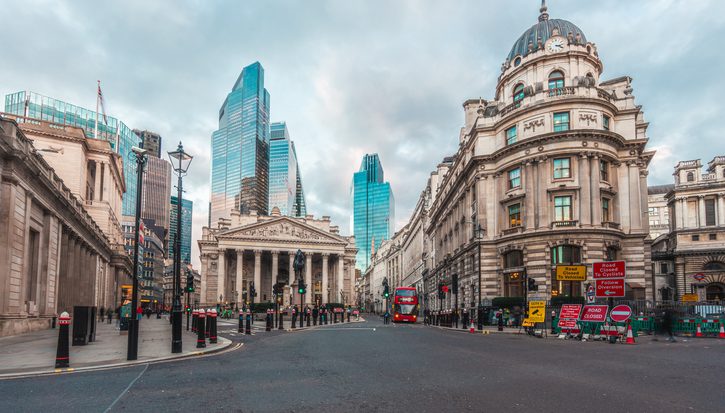States of Conflict: A case study on conflict prevention in Macedonia
Article
The break-up of the former Socialist Federal Republic of Yugoslavia (SFRY) was followed by a series of bloody and protracted conflicts. Throughout the 1990s the Balkans were engulfed by inter-ethnic violence of such a magnitude as to prompt unprecedented international intervention in the region. In contrast to its neighbours, however, and despite the hostility of its surroundings, Macedonia escaped the conflict of the post-Cold War decade. Moreover, although the country suffered a violent inter-ethnic crisis in 2001, it has made substantial progress over the past eight years to the extent that Macedonia now stands at the gateway to both the European Union and NATO.
That Macedonia has made the transition from Yugoslav republic to independent state relatively smoothly is due in no small part to the sustained preventive engagement of international actors in the country. Of course, some substantial challenges still remain and the country has not, as yet, emerged from the shadow of the 2001 conflict. Nonetheless, the range of activities undertaken by the international community in Macedonia since its independence has no doubt helped to prevent protracted violent conflict from taking hold.
This report presents a rundown and analysis of conflict prevention in Macedonia. First, however, it presents a brief overview of background material on the country for the reader not familiar with Macedonia and its circumstances.
Related items

Rule of the market: How to lower UK borrowing costs
The UK is paying a premium on its borrowing costs that ‘economic fundamentals’, such as the sustainability of its public finances, cannot fully explain.
Restoring security: Understanding the effects of removing the two-child limit across the UK
The government’s decision to lift the two-child limit marks one of the most significant changes to the social security system in a decade.
Building a healthier, wealthier Britain: Launching the IPPR Centre for Health and Prosperity
Following the success of our Commission on Health and Prosperity, IPPR is excited to launch the Centre for Health and Prosperity.